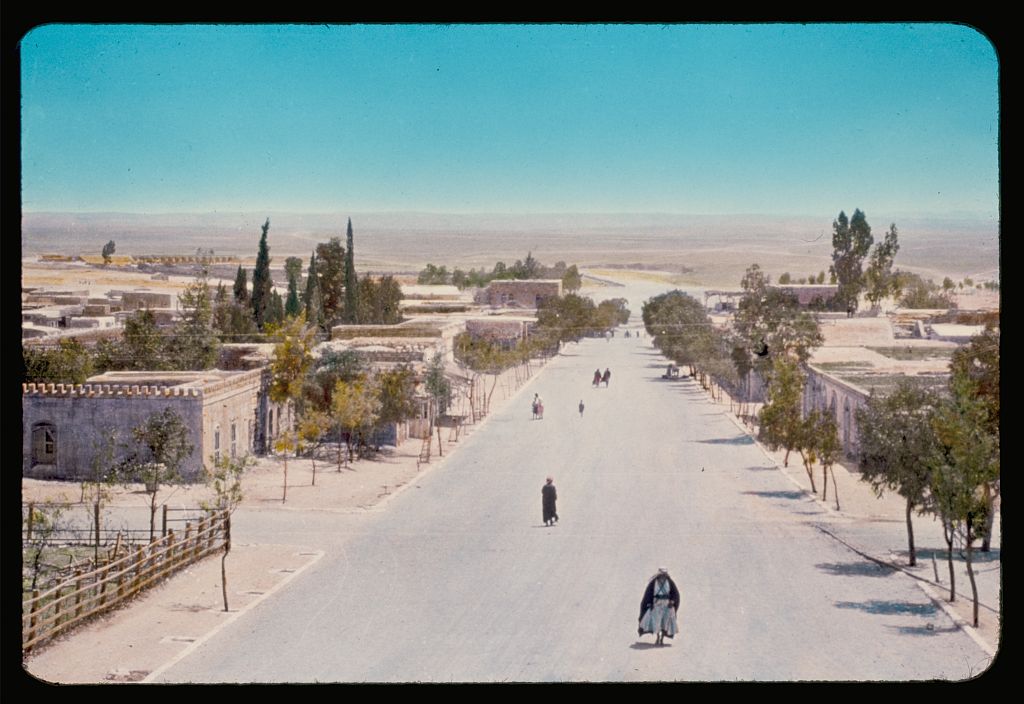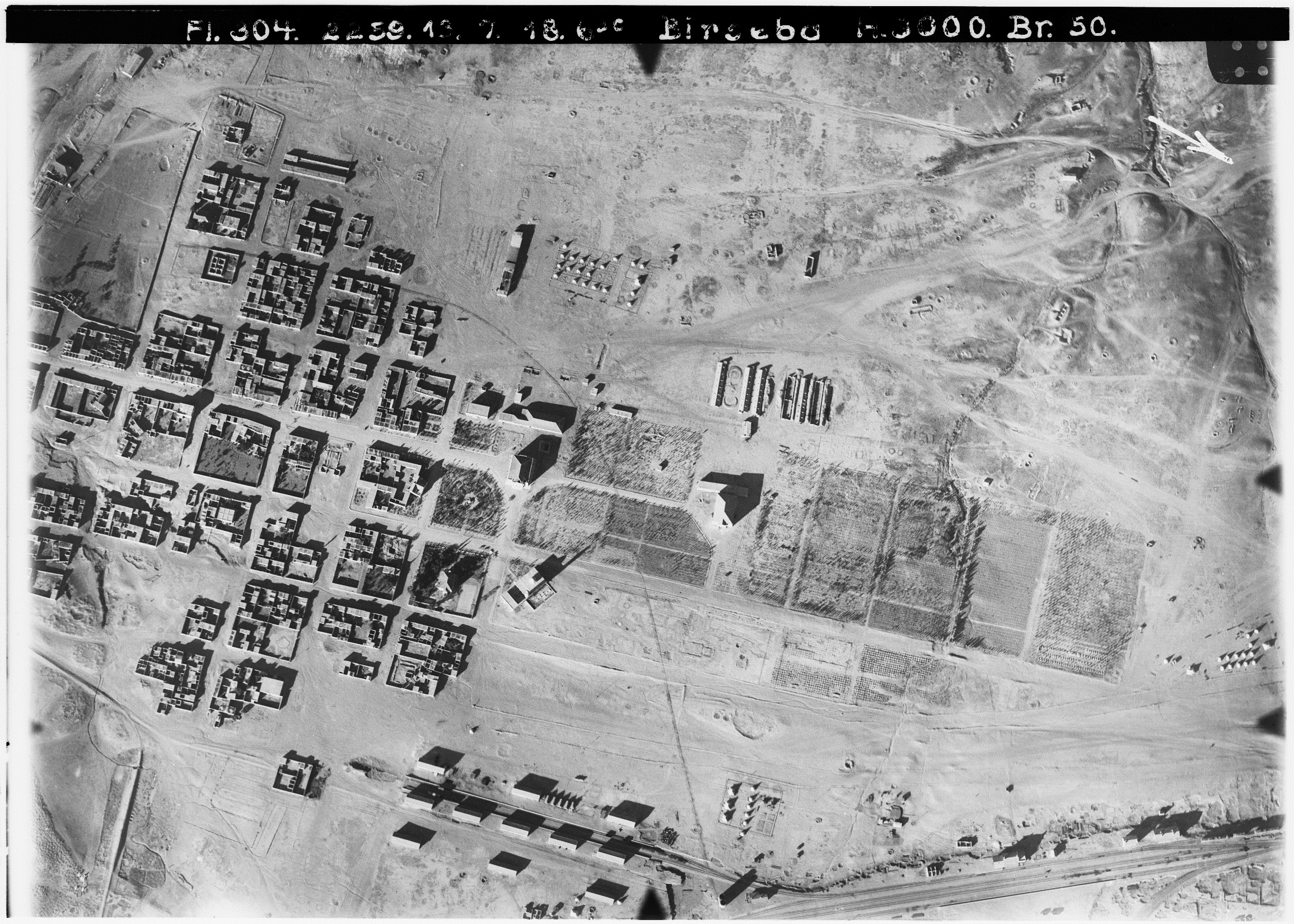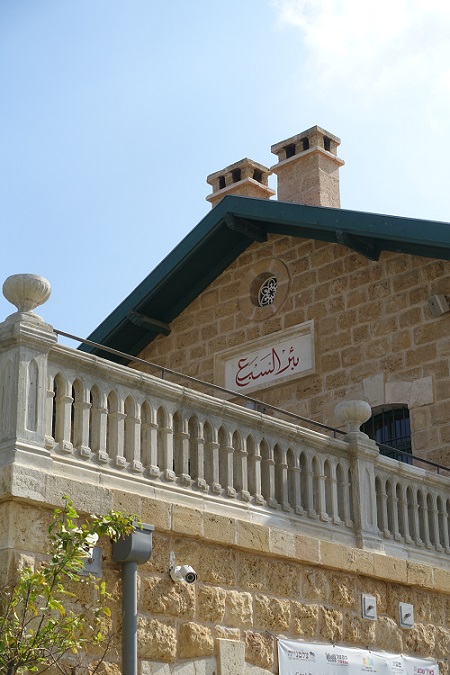
“[A] small town has grown in the middle of the desert which is a model of religious strength and the pride of Islam. As a result of royal promotion, this town may become a city, and the city is gradually to become […] a large region and a model of Arab civilization” (Ekrem Bey, quoted in Kushner 2005: 193–194).
These words, which the Ottoman governor of Jerusalem, Ekrem Bey, addressed to the Palace administration in Istanbul around 1906, capture a number of factors that came into play when the Ottoman imperial government founded the city and district of Beersheba six years earlier, in 1900, in the northern part of the Negev desert. This town is one of the few cases of preplanned urban development in the late Ottoman Empire. Its gridiron layout and array of representative buildings set in the midst of barren arid tribal land constituted a powerful symbol of the Ottoman vision of modernity and progress in what studies have characterized as Ottoman “frontier” regions. Beersheba was planned as a fully-fledged town, even before any sizable number of people resided there. It included a town hall, and a municipal park, a government house, a representative Friday mosque and a boarding school. A new sub-district (kaza) bearing the same name was created around the town, detaching the region from Gaza, to which it had been subordinated up to then. Several outposts were established in the new kaza, most notably ʿAwja al-Hafir.

During the extensive and complex undertaking of assuming control over the frontiers, the Ottoman government repeatedly oriented itself towards precedents from across the globe, including those set by colonial powers. This observation has led to a lively debate among researchers as to whether the Ottoman expansion in the Empire’s peripheries can be regarded as a case of internal colonialism. Beersheba stands out among the Ottoman initiatives on the periphery by its ambition to use a fully-fledged city built from scratch as an “imperial bridgehead” on the frontier. On closer inspection, however, it becomes apparent that there were at least similar cases around the same time in neighboring regions, such as Dayr al-Zawr in Syria (rebuilt in 1869) and Nasiriyya in Iraq (established in 1870). This raises the question of whether there was a type of “frontier urbanism” in the late Ottoman Empire.

Principal Investigators
Student Assistants
Blog: Frontier Cities during the Late Ottoman Period: The Case of Beersheba.

Global comparison teaches us that life in frontier regions, although they are often imagined as a line of rugged, rural outposts, was frequently defined by newly planned towns. Historians arguing from a global history perspective have come to understand frontiers as zones of encounter established by the global push of expanding modern states. Thus, a frontier was both an edge and a meeting place.

This project aims to use the case of Beersheba to address this question by analyzing this unique but hitherto underexplored case. In so doing, it strives to transcend the empire-centered vision of previous studies and better understand the perspectives and contributions of local actors. In fact, whereas Ottoman officials like Ekrem Bey portrayed Beersheba as a purely Ottoman initiative, exclusively directed at the Bedouin population and detached from the allegedly “corrupting” influence of urban Arab notables, most of the engineers, administrative staff, builders, merchants, and technical experts involved in Beersheba were Arab Palestinian urbanites. In short, the case of Beersheba promises to unlock a set of underappreciated histories and to revisit broader topics such as comparisons of empires, nomad-state relations, and frontiers as contact zones.